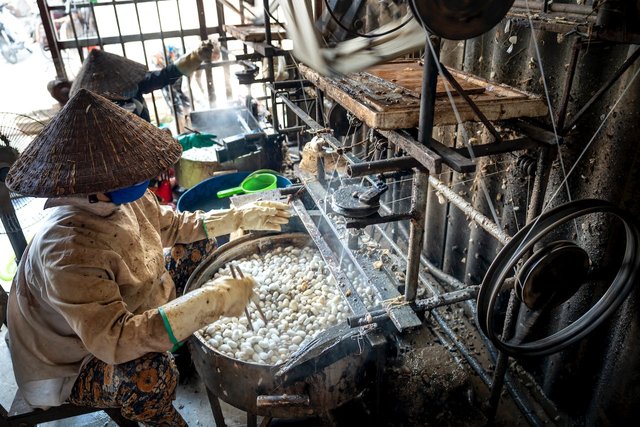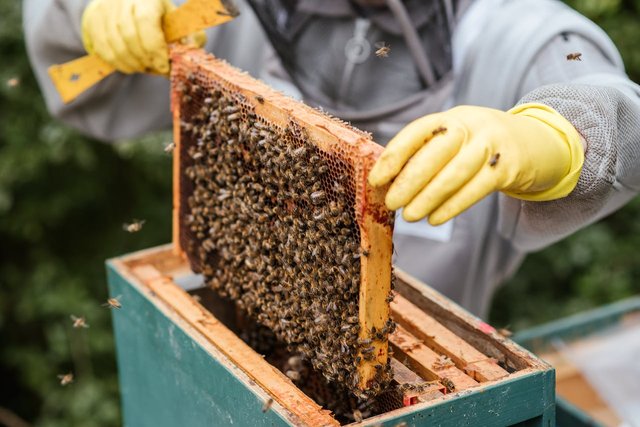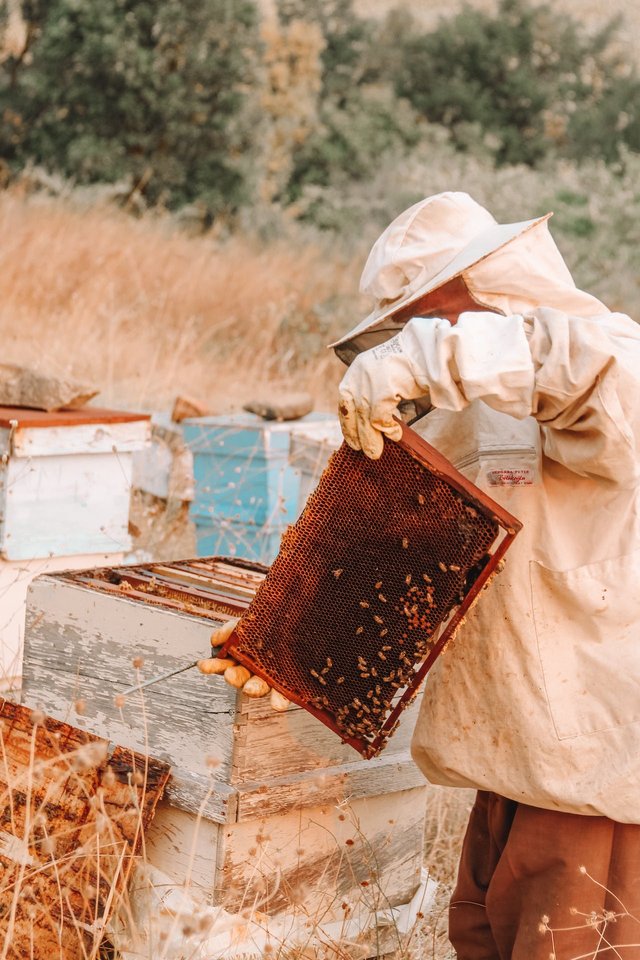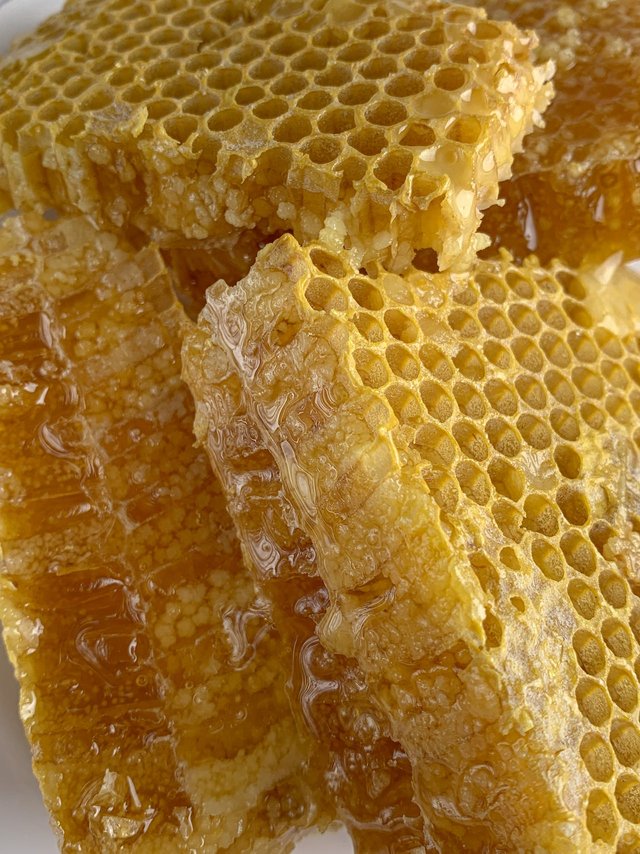The real secret of the bee's life cycle By Shakib6176
Bees are valuable insects. Bees, or honeybees (English: bees), are honey-collecting insects closely related to wasps and ants. Notable for producing honey and wax and for pollinating flowers. Their life cycle is completed through four stages. The egg, larva, pupa, and adult are these stages. A queen bee, a few males, and the remaining workers make up each hive, according to the bee life cycle history. The egg, larva, pupa, and adult are these stages. A queen bee, a few males, and the remaining workers make up each hive, according to the bee life cycle history. During the reproductive period, before a bee begins its life cycle, the queen bee takes to the skies. In flight, it mates with a male bee. The queen bee flies continuously with her wings spread, almost all the male bees fly behind the queen bee. We refer to this kind of flight as a napital flight. As you fly, the queen bee dies after mating with the first male bee. The female bee then mates with many more male bees, collects the sperm, and deposits it in the spermatheca. She then returns to the hive and lays eggs within 1–2 days. In addition, bees' living system is far superior to all non-living creatures in nature. In their life cycle, there is fair socialism, monarchy, certain manners of speech, and tribalism. Rebellions of the subjects were also seen in this monarchy. There is a completely different medium for communicating with each other. But the most amazing thing is that the only fertile bee in the bee colony—a queen bee—can control her brood of descendants. Before the egg is laid, the queen bee controls which colony the hatching bee will belong to. Indirectly, worker bees also play a role. Because it is only the responsibility of the worker bees to maintain the balance between all the colonies. Lifestyle:- Intelligence:- Different species: - Rocky or mountain bees (Apis dorsata) are good collectors of honey and yield an average of 50–80 kg per colony. Eggs: A queen bee lays about 300–1000 eggs a day. Certain eggs are not viable, although the majority are. The eggs are small and have a faint pink or white hue.The form of an egg is cylindrical and elongated.The queen bee does not fertilize some eggs. Male bees hatch from those offal eggs, and female bees deposit them in worker bee chambers. Larvae: Larvae hatch in 3–4 days under favorable conditions. They are tiny and have no eyes, legs, or fins. They are called larvae. After hatching, they start eating food. But they don't consume food themselves; worker bees feed them. Young worker bees (also called nurse bees) feed the larvae on royal jelly, which is produced from the nurse bee's hypopharyngeal and jaw glands. They then feed the larvae a type of bread called honey bread. Queen bee larvae eat only royal jelly throughout their lives. A nurse bee takes about 21 minutes to feed a single brood. There are different royal jelly intake lists for larvae: 25 mg for hatching egg larvae, 10.5 mg for fallow egg larvae, and 325 mg for queen bee larvae. Each larva feeds on royal jelly for 7 days. During this time, they shed their shells and grow in size. After 6-7 days, they turn into pellets and stop eating. Pupa: After the larval stage, a bee enters the third stage of its life cycle. In the pupa state, the bee is roughly shaped, giving an idea of what the full-fledged bee will look like. But before entering the pupa stage, the worker bees cover all the shells of the larvae with a transparent coating made of wax, so that they cannot emerge from there until they are fully grown. Eyes, wings, legs, and body hair all start to form in the pupa stage. When the body structure that begins in the pupal stage is complete, a bee's organs are well formed, and the full-fledged bee breaks off the wax coating on its hive and comes out. Once the hive is empty, the worker bees come to clean the hive. Adulthood: A bee develops from the brood. An adult bee completes its life cycle in 20 days after emerging as a pupa. Bees categorized as queens have a lifespan of 3–4 years, males 1-3 years, and worker bees 1-2 months. In our country, there is very little interest in beekeeping. Beekeeping can be very beneficial as a personal hobby or for business purposes. There are some risks, but the upsides are no less. The greatest benefit is honey. Honey is very beneficial for health, but due to unscrupulous traders, the retail markets are occupied with fake honey. And in the hope of real honey, the habitat of a group of organisms is taken away; this too cannot be accepted, rather than that it is suitable to cultivate bees. The bees will also have a chance to sustain their own lives, and we will also get the beneficial real honey we need.. 🍀 ◦•●◉✿ Thank You Everyone ✿◉●•◦ 🍀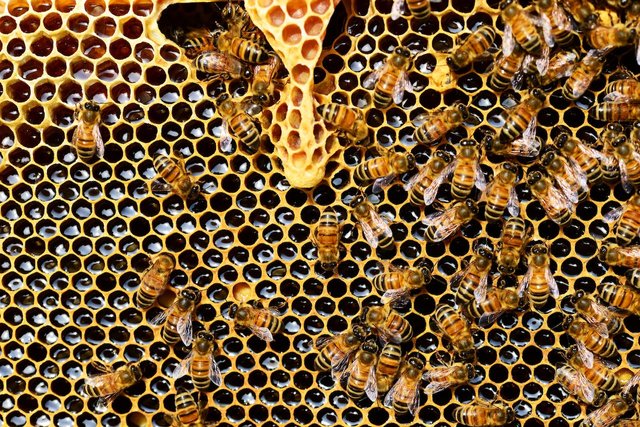
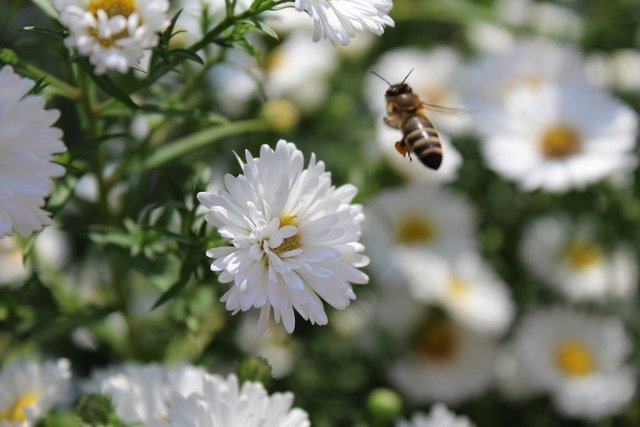
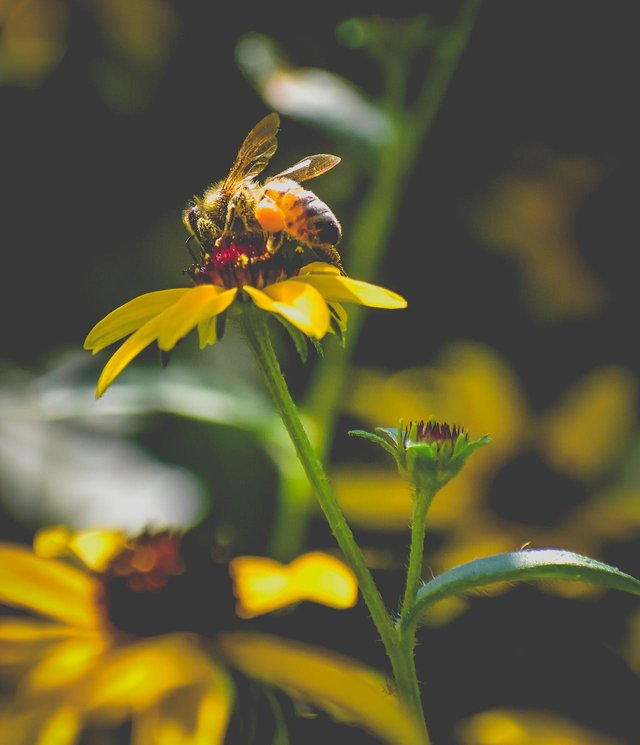
Bees settle in each hive and live in a large family or society. Bees are divided into three groups based on size and function:
The sole bee that is reproductive is the queen bee.
Drones or male bees
Worker bees or sterile bees
Because beehives are hexagonal in structure, researchers thought bees knew geometry. Amazing research has shown that bees can add, subtract, multiply, and divide.
In the world, bees come in over twenty thousand different species. A bee develops from the brood. A bee's life cycle lasts 20 days, from pupa to adult. Bees categorized as queens have a lifespan of 3–4 years, males 1-3 years, and worker bees 1-2 months.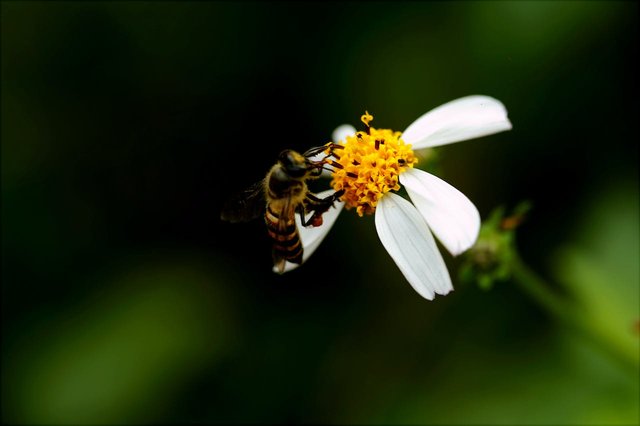
Little Bees (Apis florata): They produce very little honey, and about 200–900 grams of honey are obtained per colony.
The annual yield of an Indian bee colony (Apis indica) is 6–8 kilograms of honey.
25–40 kg of honey are typically extracted from each colony of European bees (Apis mellifera).
Apart from these, another species known as the "stingless bee" is found in Kerala. They are not stingless at all; in fact, their stingers are not fully developed, but they are very good pollinators. They produce 300–400 grams of honey annually.